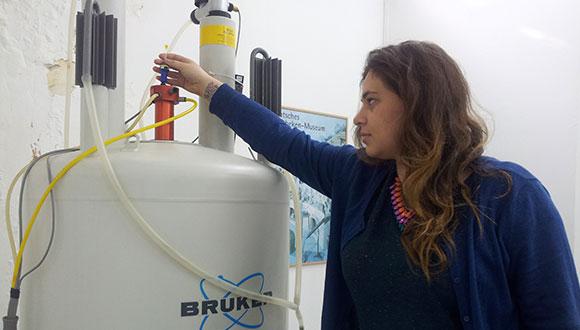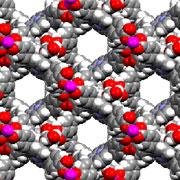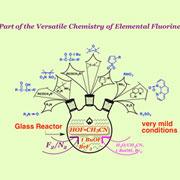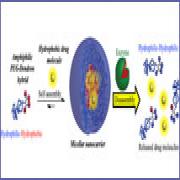Magnetic Resonance
Nuclear magnetic resonance (NMR) spectroscopy is a technique that uses magnetic features of atomic nuclei. With atomic resolution it enabled studying the structure and the dynamics of molecules in solutions and in the solid-state.
The advents of multi-dimensional and magic angle spinning (MAS) NMR enable one to study complex bio-molecules in details in their native molecular environment. Organic, inorganic molecules and complexes, as well as pharmaceuticals, peptides, proteins, DNA fragments, and their complexes, and up to entire viruses and more can be studied by these NMR methods. The imaging version of NMR, namely magnetic resonance imaging (MRI), provides a means to obtain, non-invasively, anatomical, microstructural and functional MR images.
Due to the method many advantages of MRI have become an important imaging modality and the method of choice for the imaging of the central nervous system (CNS).
Researchers:
Prof. Goldbourt Amir, Prof. Kaminker Ilia.
Emeriti:
Prof. Cohen Yoram, Prof. Navon Gil.





